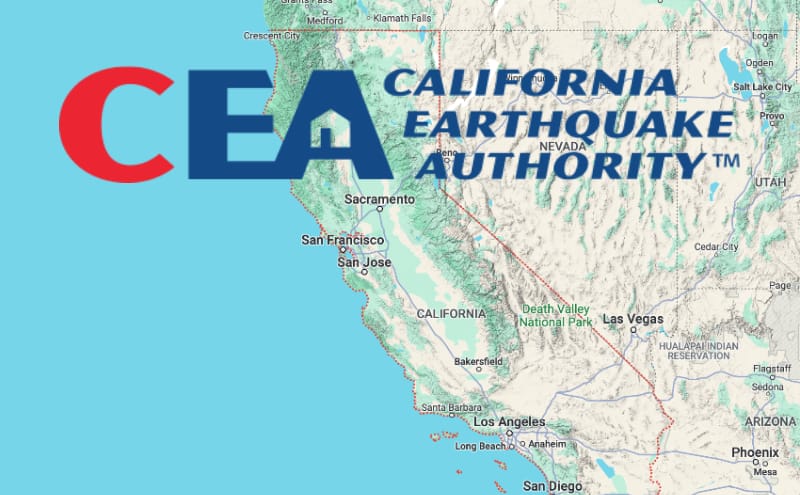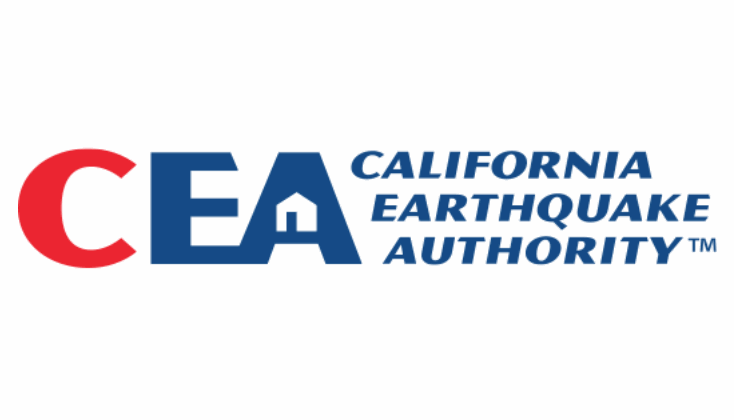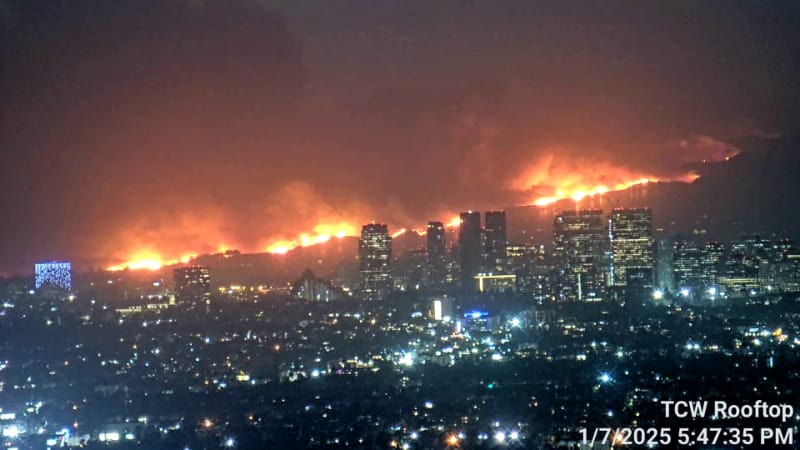The California Earthquake Authority (CEA) is discussing the need for either a pre-funded subsequent or second-event funding tower (with risk transfer and reinsurance perhaps a part of it), or the infrastructure for one, that would support its functions after a significant earthquake loss that depletes its claims paying ability.
 Recognising the very real risk that a major earthquake could deplete all of its claims paying capacity, from available capital, risk transfer funded by traditional reinsurance and catastrophe bonds, revenue bond capital, policyholder surcharges and industry assessments, the Advisory Board of the CEA has been discussing whether back-up financing and coverage may be needed to enable continuity to be delivered to customers.
Recognising the very real risk that a major earthquake could deplete all of its claims paying capacity, from available capital, risk transfer funded by traditional reinsurance and catastrophe bonds, revenue bond capital, policyholder surcharges and industry assessments, the Advisory Board of the CEA has been discussing whether back-up financing and coverage may be needed to enable continuity to be delivered to customers.
It has also recently explored the potential role of parametric triggers within its product offering to customers, as well as, we also understand, within its risk transfer arrangements.
While the CEA is already designed to provide business continuity if what it terms “a terminal earthquake event” occurs, any exhaustion of its claims paying capacity resources could result in policies having to be renewed by participating insurers, rather than the CEA itself.
That would put more onus on the private market and after a major California earthquake event significant enough to replete the CEA’s resources, coverage for policyholders may be far less available and far more expensive, it is assumed.
The CEA explained, “Like all catastrophe insurers that insure against damage from events of unknowable severity, the CEA faces the inherent and well-known risk that an unusually large and damaging earthquake could give rise to policyholder liabilities that impair CEA’s capital to the point where either the CEA Governing Board or the Insurance Commissioner (in the Commissioner’s regulatory capacity), determines that CEA must cease writing new and renewal earthquake insurance policies.
“Such a “terminal event” for the CEA was an acknowledged possibility from the CEA’s inception, and the original CEA statute expressly provided for an orderly and equitable self-liquidation of the CEA’s business after such an event.”
The CEA is capitalised to above $10 billion, with a risk transfer tower comprised of traditional reinsurance and catastrophe bonds that stood at $7.99 billion as of Nov 1st.
The CEA looks to maintain a range of 1-in-350 years to 1-in-500 years of claims paying capacity at any time, with the risk transfer component a key source of funding.
But, while claims paying capacity across all sources reached $19.7 billion at September 30th 2024, it is recognised that this could easily be eroded or completely depleted under severe California earthquake scenarios.
Which would hamper the CEA’s ability to continue providing coverage, or even end its ability to perform its mission of providing Californian’s with access to earthquake insurance, it said.
As a result, the CEA staff are exploring ideas that can provide sustainability to help the CEA continue helping Californian’s with their earthquake insurance needs even after a major, or terminal earthquake event occurs.
As we said, a terminal event would not end the CEA’s administrative abilities, but could completely erode its financing and claims paying capacity, resulting in policyholders having to look to private insurers for cover.
One way to avoid this would be to have a subsequent, or second-event funding tower in place, which could be partially funded by private reinsurance and capital markets backed catastrophe bonds.
So this is the proposal that is now being discussed, as the CEA looks to ways it can sustain its ability to provide coverage, through back-up or post-event financing.
CEA staff are also exploring what it would mean to further shore up the CEA’s financing in its current state, to enable it to withstand more impact from quakes, but more likely is a plan being developed to create a stronger future state for the earthquake insurer’s operations, we suspect.
One idea is setting up a new subsequent event claims paying capacity fund, which would effectively provide second event financing for a future earthquake and enable the CEA to keep delivering policyholder value. This would require legislation to be enacted, it seems.
A second idea is to simply establish all the infrastructure required for the above, creating a stand-by subsequent event fund, but not actually funding it until after a capital impairing event occurs.
Any subsequent event fund would be capitalised in a similar way to the current CEA financing resources, so a mix of base capital, reinsurance and risk transfer (some of which could be cat bonds), and possible industry assessments.
Some percentage of the claims paying capacity of any CEA subsequent event fund could be funded through reinsurance, while the risk transfer premiums for this could be incorporated into current earthquake insurance rates, a discussion document states.
Under the second idea, of establishing the legislation and infrastructure necessary for a subsequent event fund, but only capitalising it after an event, is the likely cost of reinsurance and catastrophe bond capital would certainly be high, as too might capital costs for other financing sources.
But, establishing the infrastructure might be a good way to begin, as this could take time. So too might looking to parametric triggers, as a different approach to structuring risk transfer and the insurance products the CEA offers could yield benefits in terms of risk transfer efficiency and even coverage.
These ideas are likely to be discussed at an upcoming CEA Board meeting, but it may be some time before any decisions, or direction is taken.
A third option to maintain the status quo is also presented, which would mean keeping the reinsurance and risk transfer level at above the 1-in-350 year amount, but would not involve any second or subsequent tower or coverage being put in place.
These ideas make a lot of sense, in terms of how to ensure continuity of coverage for Californian’s in the event of what would be a damaging and deadly earthquake event.
Of course, the reinsurance and insurance-linked securities (ILS) markets would likely welcome the chance to provide more capacity and risk capital to support the CEA, and as said this would likely be far cheaper if priced and arranged in advance, rather than post-event.
When we last reported on the California Earthquake Authority (CEA) its risk transfer tower, that consists of reinsurance and catastrophe bonds, had been declining in size.
This risk transfer tower had shrunk to just over $7.99 billion at November 1st 2024, based on the latest disclosure from the earthquake insurer at the time.
The risk transfer tower had sat at just over $9.15 billion of limit at the June 2024 reinsurance renewal period, but has since been steadily shrinking.
This shrinking had occurred because the CEA’s probable maximum loss at the 1-in-350 year loss event level has been declining at a faster pace that its reinsurance contracts have been coming up for renewal.
Since the $7.99 billion risk transfer tower size at November 1st, one more of the CEA’s catastrophe bonds, a $215 million Ursa Re II Ltd. (Series 2021-1) issuance, had matured at the end of November without any renewal or new issuance being seen.
After that, the CEA had in place single and multi-year reinsurance contracts amounting to just over $2.48 billion that were scheduled to run off-risk after December 31st 2024.
We don’t have a current size for the CEA’s risk transfer tower, but it is possible it could have shrunk a little further in recent weeks.
The CEA continues to have some $2.055 billion of outstanding catastrophe bond coverage still in-force at this time, putting the CEA in 3rd position in our cat bond sponsors leaderboard.
View details of every catastrophe bond sponsored by the CEA in the Artemis Deal Directory.





















 English (US) ·
English (US) ·